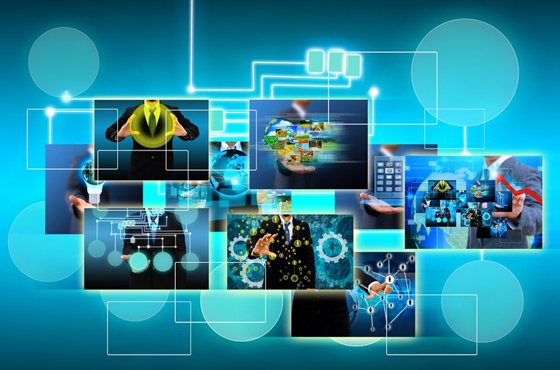Information and communications technology (ICT) spending in the Middle East is projected to reach $212.9 billion in 2016, registering a growth of 3.7 per cent compared to 2015.
According to the latest forecast by Gartner, the industry is being driven by digital business and an environment driven by a connected world.
“We see positive growth and scenarios in the Middle East despite some level of economic uncertainty in world markets,” Peter Sondergaard, senior vice-president and global head of research at Gartner. He said that the substantial industrial refocusing to generate new economic development beyond the oil industry, with deepening smart cities initiatives and the adoption of the Internet of Things (IoT), is of utmost importance in this region.
“We are witnessing priorities for smart city governments in education, transportation, safety and health,” he said.
With devices representing close to 19 per cent of total spending, tablets and PCs are showing good momentum in the forecast period.
Tablets and PC sales are forecast to reach nearly $8 billion in 2016, and surpass $10 billion in 2018. Mobile phone sales will grow from slightly above $30 billion in 2016 to nearly $37 billion in 2019.
With IT services doubling software expenditures in 2016, business IT services will represent 84 per cent of the total services segment, while in software, enterprise application software will present the largest growth rate in the forecast period. However, in actual spending dollars infrastructure software will lead.
The data center segment market is forecast for relatively flat growth in 2016. This segment includes external network equipment, external controller-based storage, servers and unified communications.
In five years, Sondergaard said that one million new devices worldwide are expected to come online every hour.
These interconnections are creating billions of new relationships, he said, adding that such relationships are not driven solely by data, but by algorithms.
“Data is inherently dumb. It doesn’t actually do anything unless you know how to use it; how to act with it. Algorithms are where the real value lies. Algorithms define action. Dynamic algorithms are the core of new customer interactions,” he said.
He gave examples such as Amazon’s recommendation algorithm that keeps customers engaged and buying; Netflix’s dynamic algorithm — built through crowdsourcing — to keep people watching; and the Waze algorithm that directs thousands of independent cars on the road.
The algorithmic economy will power the “next great leap” in machine-to-machine evolution in the Internet of Things.
“Products and services will be defined by the sophistication of their algorithms and services. Organizations will be valued, not just on their big data, but the algorithms that turn that data into actions, and ultimately impact customers,” he added.
Gulf News
2 March
























































